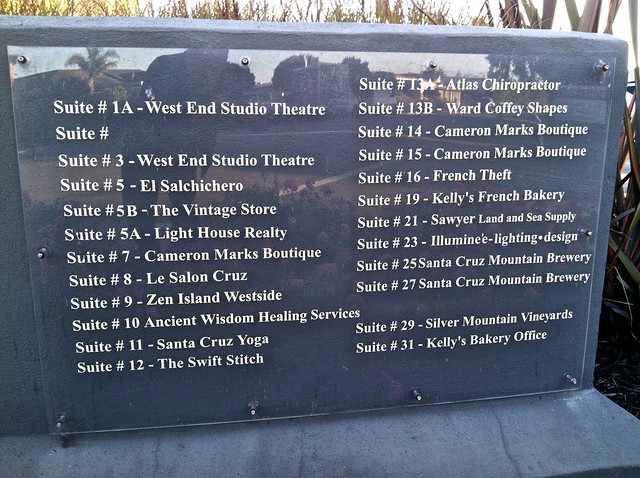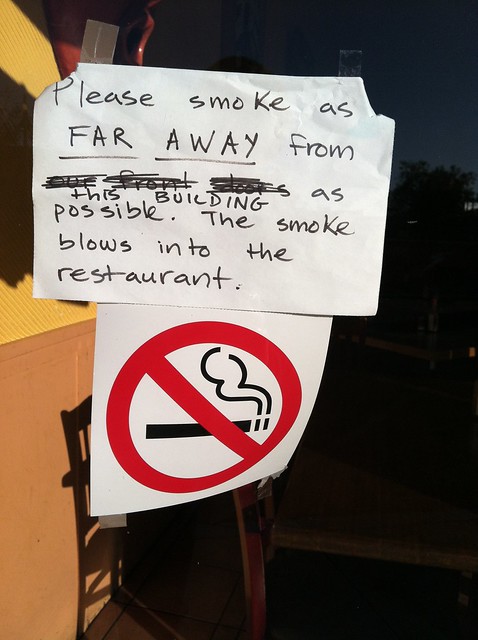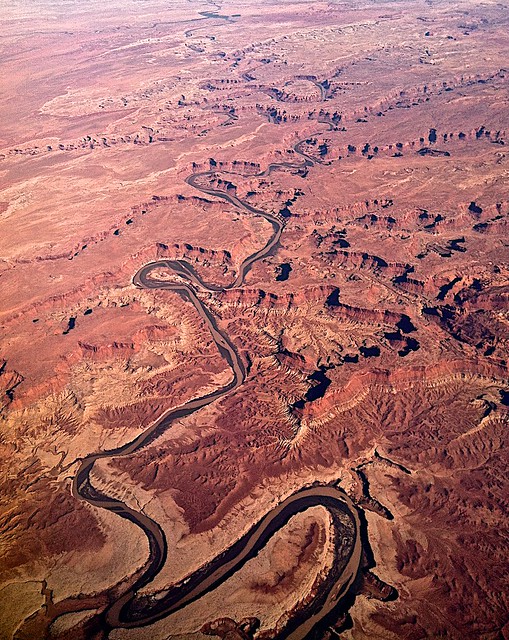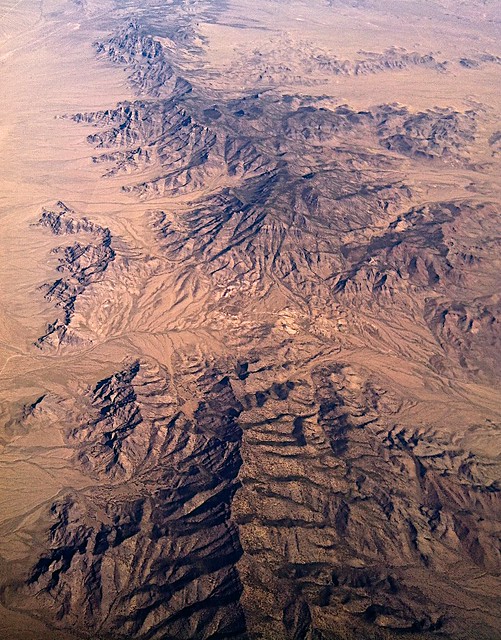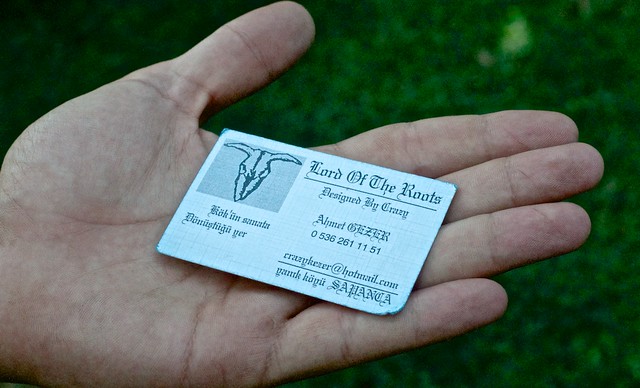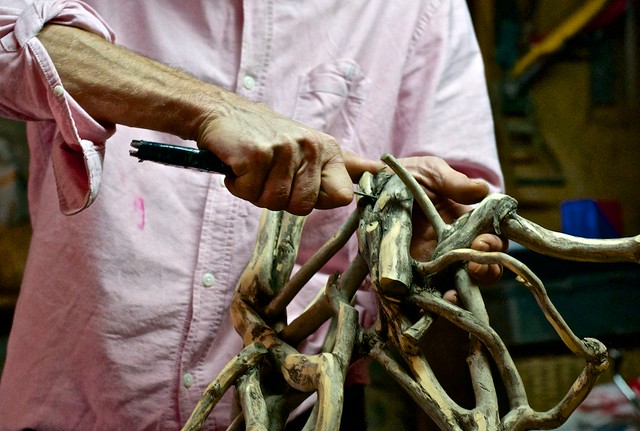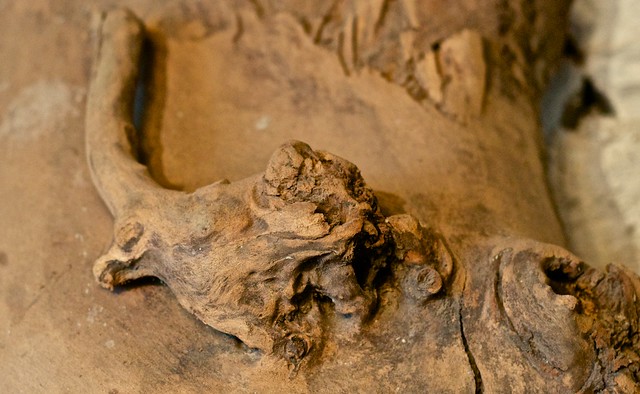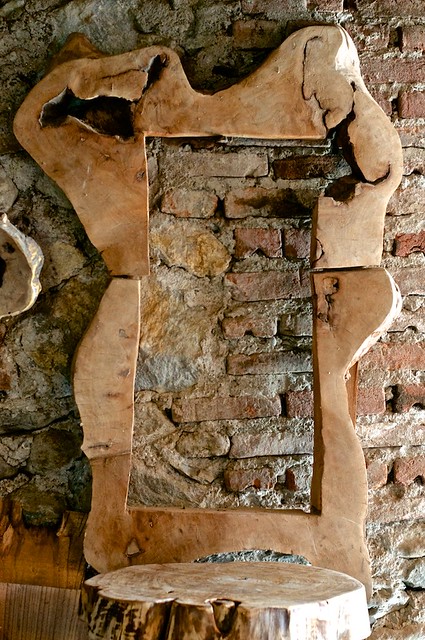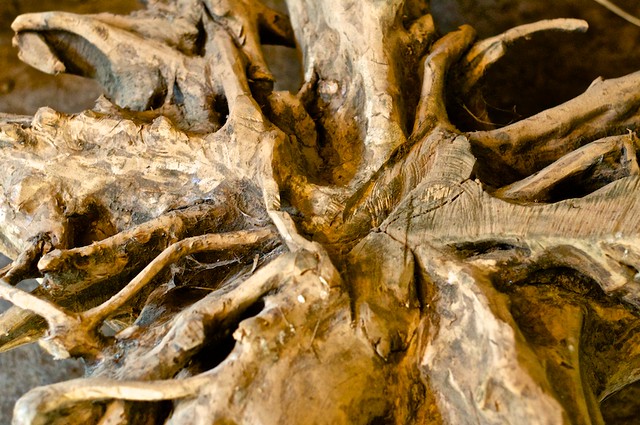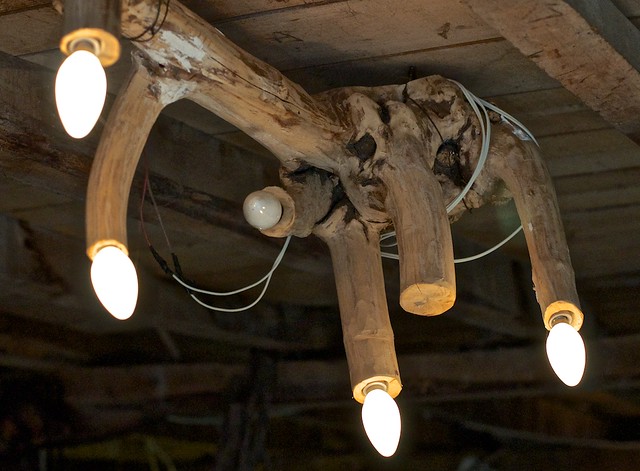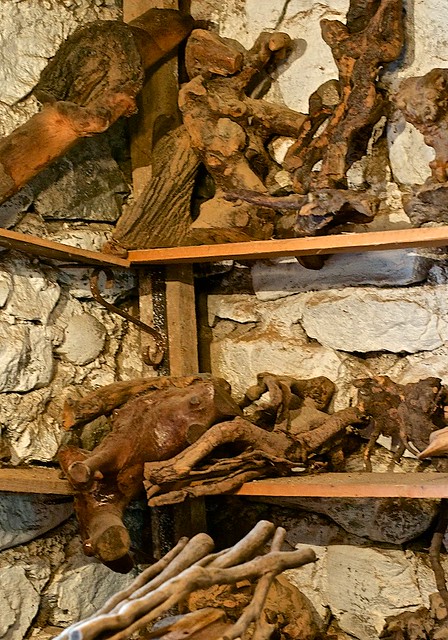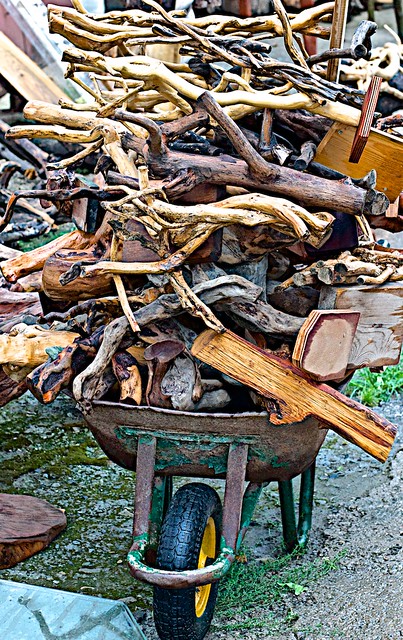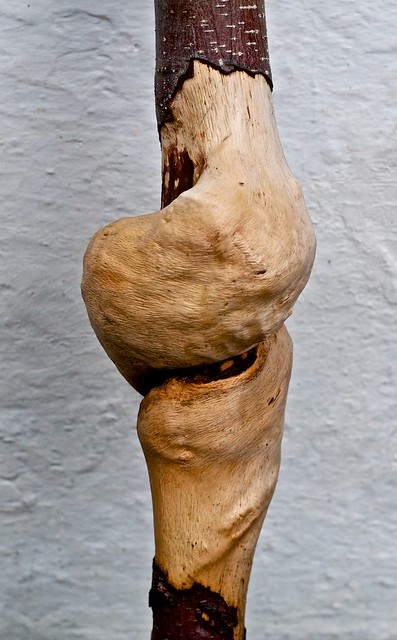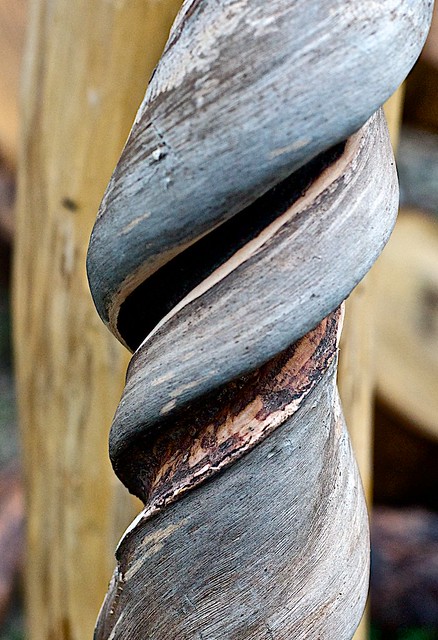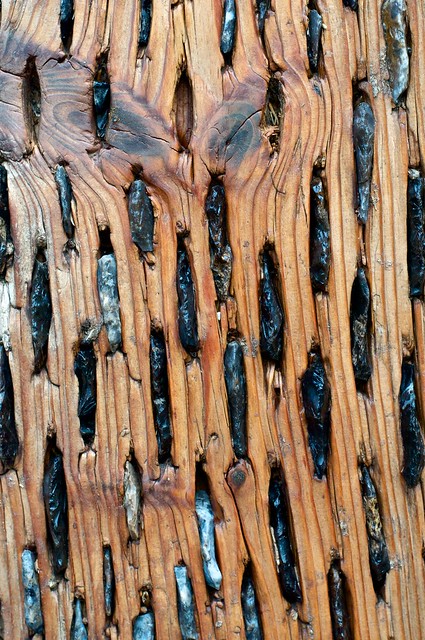Year’s end finds me doing the sorts of things I most enjoy: playing with collections, reading new stuff, listening to a wide spectrum of musics, eating/cooking wonderful food, messing with photography. Today I’ve been exploring a project on Borneo, making a database of the hundreds of albums I’ve gathered into Spotify playlists in the last 12 months, and keeping fires going in both woodstoves.
On the organizational front, I’ve just installed a new (3 TB!) Time Machine drive on my desktop computer, and done some of the housekeeping to reorganize the other backup drives that dangle from the machine. I still need a good backup strategy for the terabyte-plus of music files,
The books I’m actively working on include
A History of the Future in 100 Objects
Hild: A Novel
Swann’s Way
Only Yesterday
Dorothy Parker: What Fresh Hell Is This?
River of Shadows: Eadweard Muybridge and the Technological Wild West
Bach: Music in the Castle of Heaven
On Paper: The Everything of Its Two-Thousand-Year History
All Change (Cazalet Chronicles)
Pogo: Bona Fide Balderdash
…and just finished Still Inside: the Tony Rice Story
Other regular reading includes The New Yorker, The New York Review of Books, The Baffler, all in somewhat helter-skelter fashion. Lapham’s Quarterly will join the stable soon.
The Borneo project began as a waking dream about a week ago, as I found myself thinking about how I would teach a class centered on that always-fascinating corner of the world, with which my life has been entangled for about 50 years. Nobody wants such a course, but it’s been an interesting Gedankenexperiment to rehearse how I’d go about it. And almost needless to say, it’s as much a matter of how to approach the study of anyplace as an essay upon the island itself. And so (especially as I’ve been going to sleep) I’ve been turning over what I know (and what I’d like to know more about) in realms of geography and history and ethnology and trade and hydrology and ecology and demography and politics and musics and arts and epidemiology and agriculture and development and… A couple of days ago I spent a few hours interrogating JSTOR for articles on Kalimantan, from which I downloaded 20 or so, and I’ve been reading those, extracting juicy bits that fit into my evolving narrative, and starting to collect a bibliography of sources that I could get to at Harvard if I spent a day or so in those familiar libraries. This phase of information gathering is all very familiar territory, from years of teaching and preparing to teach, and even without any prospective audience it seems a constructive thing to be doing.
It’s been a very productive year for photography, and I’m anticipating a lot more in 2014. The just-acquired iPhone 5s has a remarkable camera, and my new Nikon D610 oozes potential too. And of course there are still a great many old negatives awaiting digitization. The question of audience continues to not trouble me: I’m content to put photos up on Flickr, and have no grander ambitions along the lines of gallery display or publication.
Just what to do with the music resources continues to baffle me. I’d love to share what I have with like-minded others, and I’d certainly like to expand my circle of musical acquaintances, but I don’t see pathways to either of those ends. I’ve made a list of the year’s Spotify playlists, which offers a glimpse at what I’ve been listening to in that medium.







